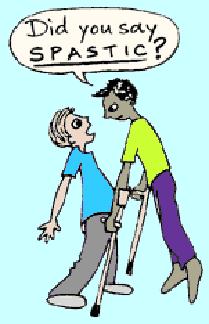Spastic paraparesis

It is a common case in neurology station. Most of the candidates would not have difficulties in eliciting the signs of lower limbs weakness with UMN signs such as hypertonia, hyperreflexia, ankle clonus and upgoing plantar responses.
However, the struggle comes after presenting the findings i.e. formulation of differential diagnoses.
Don't panic! Just stick to the ABC of neurology by answering 2 questions.
1. Where is the lesion?
**UMN lesion signs tell you that the lesion lies above L1 as the pyramidal tracts end there.
**So, the lesion would be either at anterior horn cell, spinal cord (thoracolumbar/cervical) or cerebral level.
Anterior horn cell: fasciculations, no sensory loss, LMN signs like wasting of the small muscles of the hands, tongue fasciculations.
Spinal cord: sensory level, sphincter involvement, inversion of supinator/ biceps jerks.
Cerebral: intellectual impairment(in cerebral palsy)papilloedema (parasagittal meningioma)
2. What is the lesion?
** These depends on the scenario given in PACES. You need to correlate it to the age and gender of the patient and also the onset of the disease.
For example, a young lady with 2 weeks of weakness. You need to consider about demyelinating disorders, transverse myelitis (autoimmune eg. SLE), anterior spinal artery thrombosis (vasculitic eg SLE), infection eg abscess, trauma.
On the other hand, you should consider about the differential diagnoses of tumours, spondylosis with possible disc prolapse, chronic infection like Pott's ds for an old patient with months of weakness.
The moral of the story is you should generate a list of possible causes before facing the music. Please remember to sing a song that match the music!
"I would like to complete my examination by checking the spine, anal tone and S2/3/4 sensation, ULs, CNs, cerebellar signs and fundoscopy."
Labels: Neurology








0 Comments:
Post a Comment
<< Home